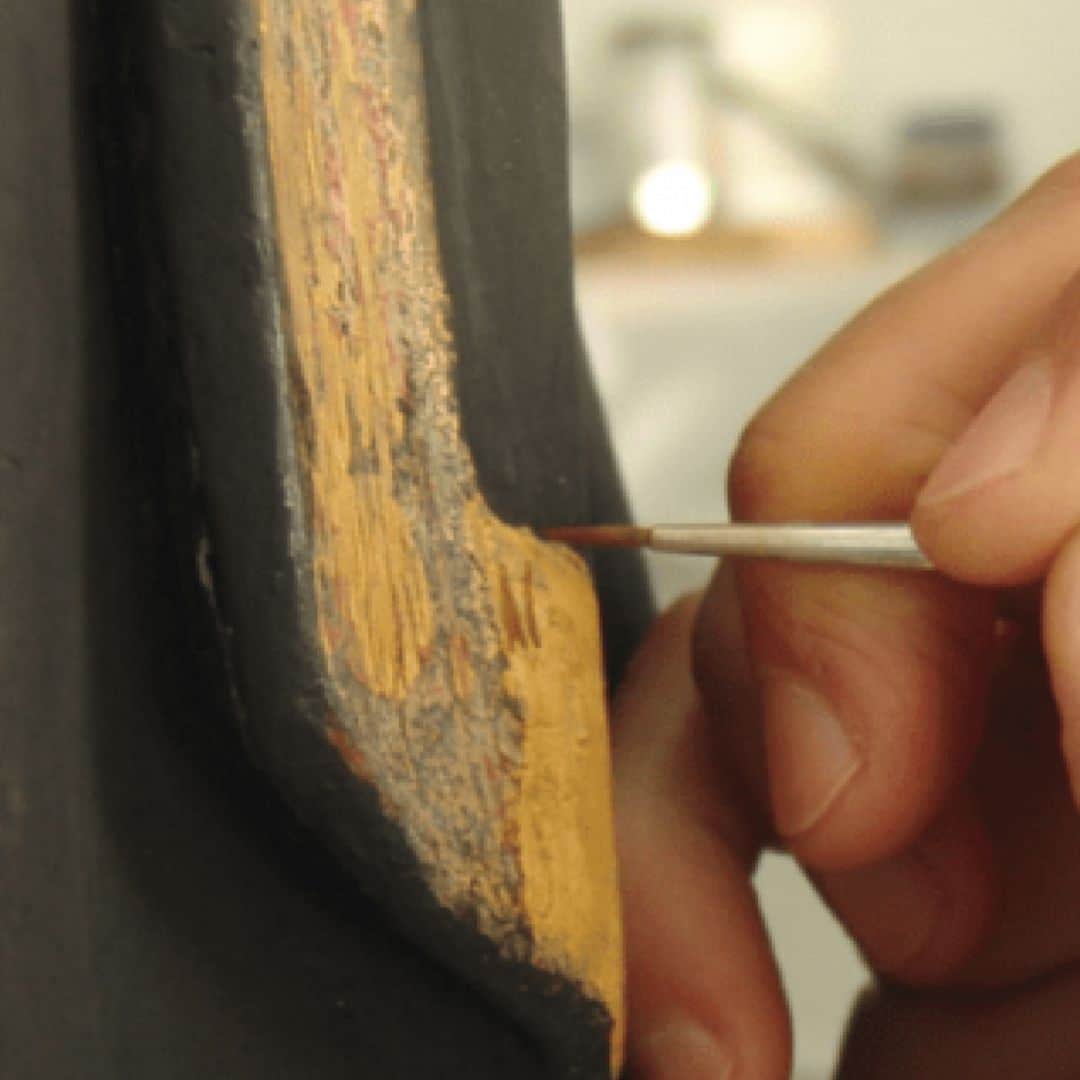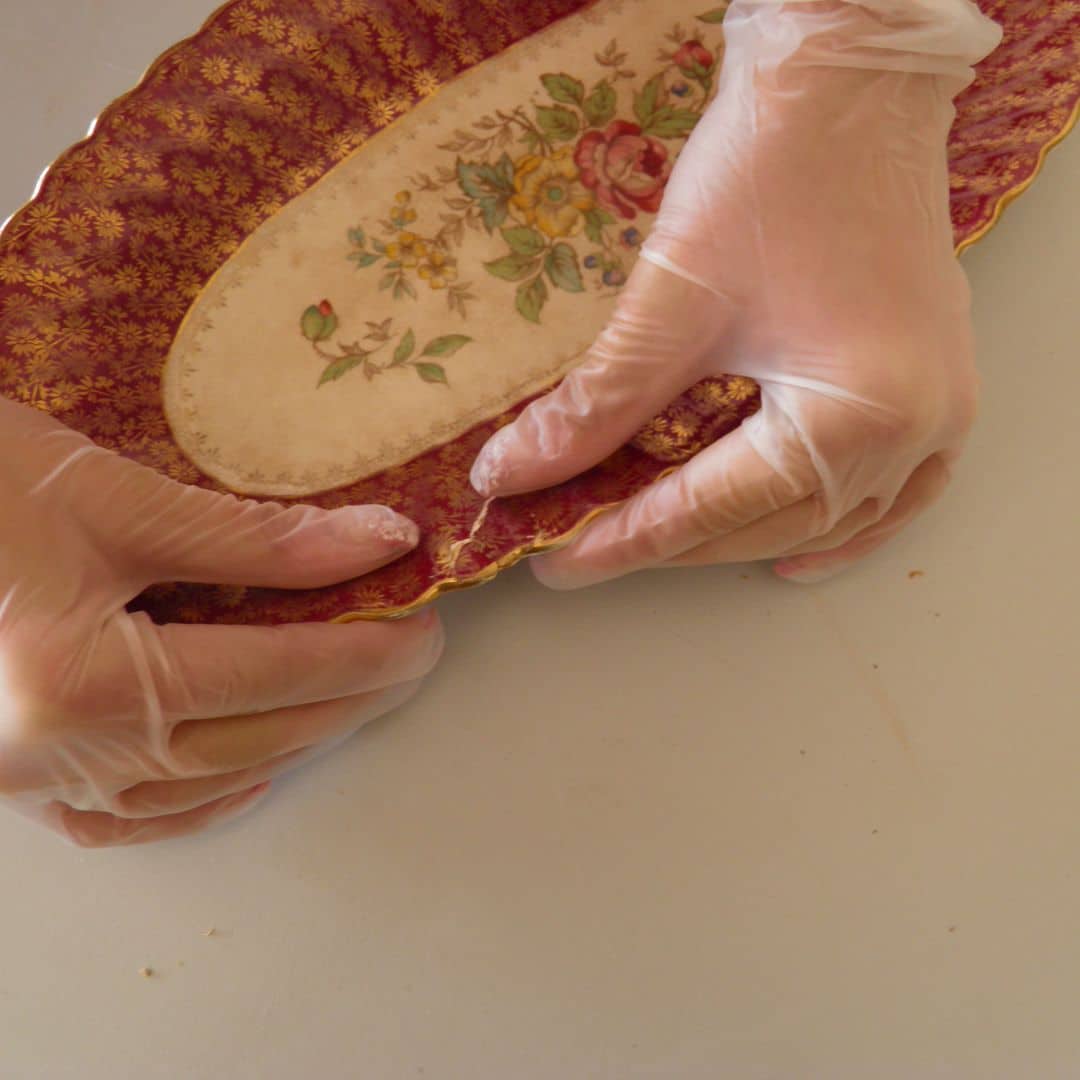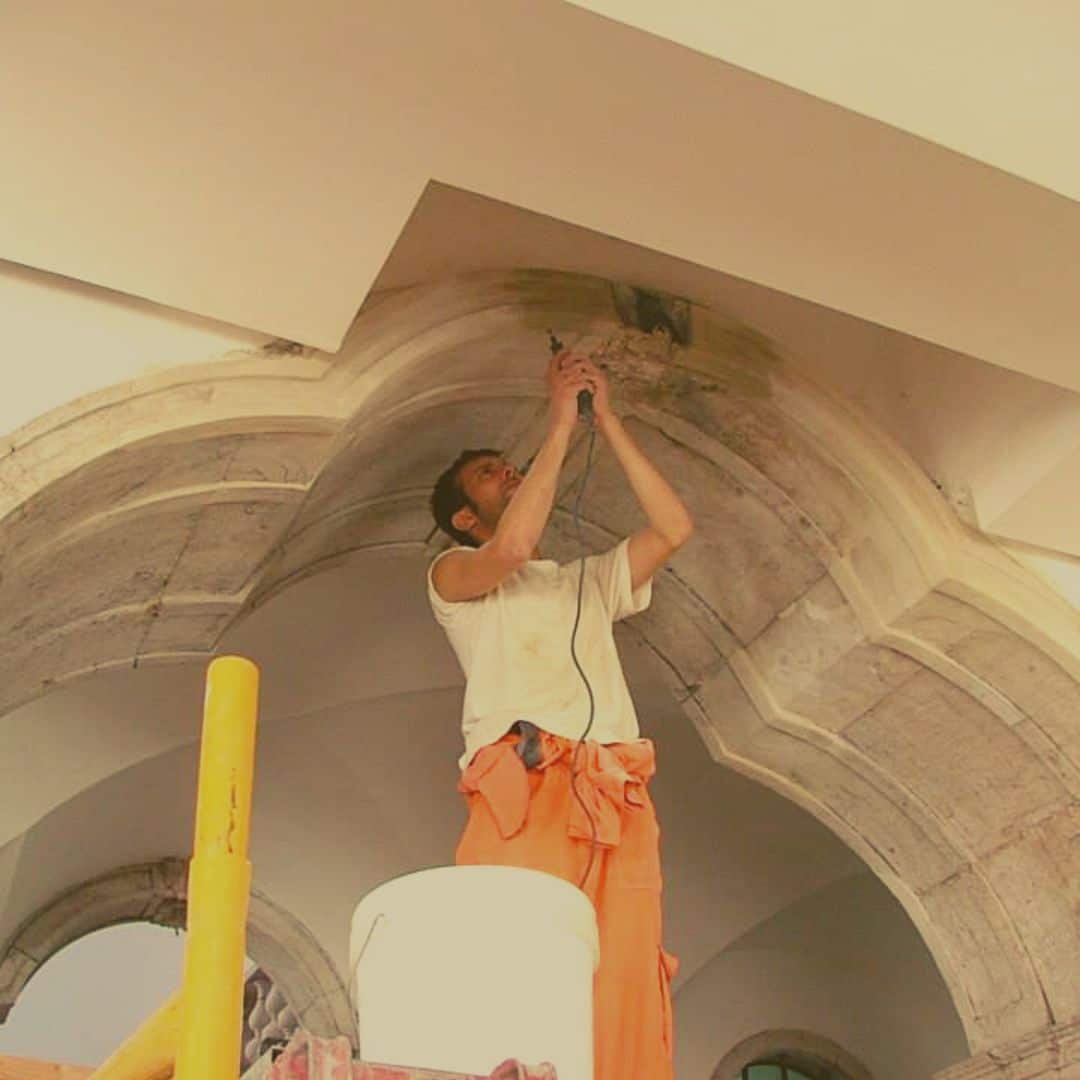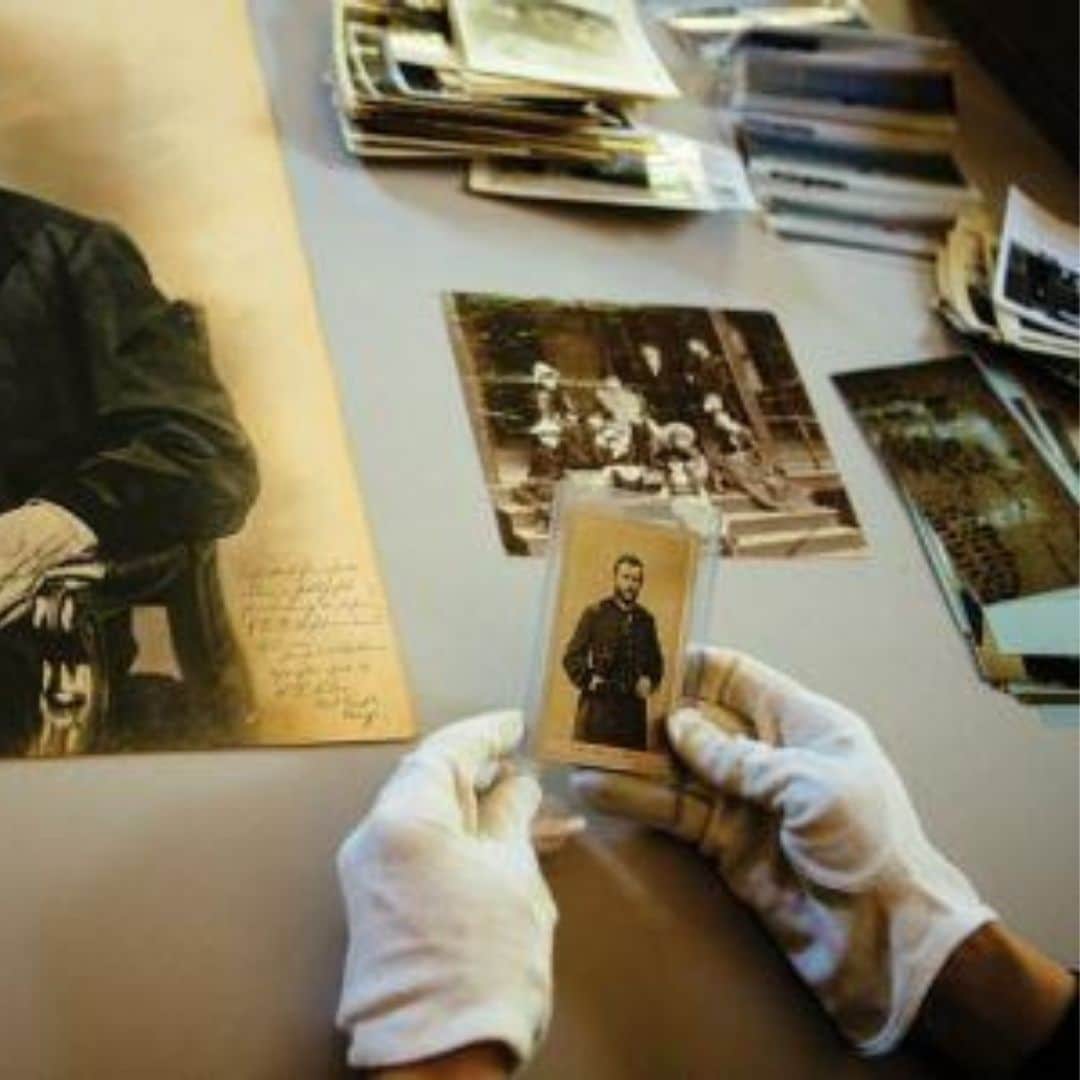Why use acid free paper for packaging and preserving old photos?
In this article we will discuss the importance of packaging materials when it comes to photo preservation.
In particular the composition of the papers used for protection and packaging must be acid free paper .
Learn more about this subject in the online course Preventive Conservation of Photography.
What is the deterioration?
 Deterioration is basically any physical and chemical transformation occurring after processing.
Deterioration is basically any physical and chemical transformation occurring after processing.
It usually consists of a change in the original colour, or the fading and the loss of contrast of the image,…
It can have various forms and origins, such as changes in temperature and humidity, the formation of fungi, animal or insect infestations, among others.
How to avoid this by using acid free paper
Improper packaging may also potentiate its degradation. For this reason, the most recommended material is acid free paper .
But, what does this mean…?
The acid that exists in most papers and tissues causes several changes in photographs, weakening them with time. The paper gets stained, ages and dries out, the image fades out progressively, the emulsion gets pasty or breaks…
What is acid free paper
In 1930, William Barrow concluded that paper itself deteriorated over time and that, without the proper control of its acidity level, the contact with the light itself can wear out and affect the composition of paper.
Thus, it becomes important that the paper has a neutral (or basic) chemical composition, with a pH equal to or slightly higher than 7.0.
Acid free paper then began to be used in the context of archives and museums.
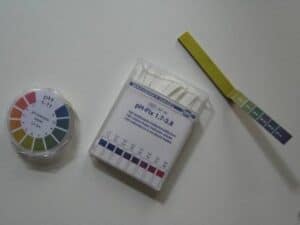
The manufacturing process of this paper implies the treatment with calcium carbonate (which is called an alkaline reserve) that neutralizes the acids naturally created by cellulose.
Acid Free paper or Alkaline paper
In this way, it can be ensured that papers with this treatment maintain their alkalinity for at least 100 years, favouring the conservation processes of the photographs.
However, if you want to conserve albumins, chromogenic or dye-transfer processes, paper with an alkaline reserve is not recommended because it can react with the compounds in the photograph.
Another important detail is to guarantee that the paper is equally free of lignin.
Lignin is a chemical compound naturally present in cellulose, whose oxidation acidifies and stains the paper.
It is the main responsible for the appearance of yellow spots.
How to identify acid free paper
Acid free paper generally presents a quality certificate where you can read its main characteristics and tests to which it has been subjected.
In some cases, standards such as ISO18902 and ISO18916 are specified, but it is not crucial they be mentioned.
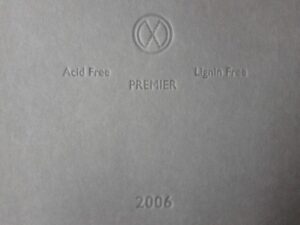
The Image Permanence Institute (IPI) website has more information about the tests made for photographic papers.
Basic points to keep in mind
If you are looking for paper to store your file or photo album, keep these basic points in mind:
- it is important the paper has a neutral pH,
- is acid and lignin free,
- it may or may not have an alkaline reserve (make sure your photos are secure with it)
- and search for duly certified paper so as to ensure its quality, efficacy and durability.
Study the needs of your photos and suit the materials to them.
Learn how to do a photo storage program of our private collections.
Learn more about Conservation in the online courses with certificate
Preventive Conservation of Photography: course program
1 – Preservation | Conservation | Restoration
Before any approach to the conservation of cultural assets, it will be necessary to synthesize its fundamental concepts.
A lesson is presented with the synthesis of these concepts based on the ICOM – International Council of Museums.
2 – The Photography
In this part of the course we will learn what photography really is. The processes inherent to their production and the various typologies and their differences.
- Structure: base, support, emulsion, album, etc.
- Most common typologies
3 – Common deterioration factors
Before starting any preservation program, it is necessary to know the main factors of deterioration of the different photographic species. Only then can we adopt the appropriate measures for each specific case
- Internal factors
- External factors
4 – Environment and pest control
The environmental and pest control that can damage our photographic collections is a fundamental step in the conservation process. We will know the various ways and equipment to carry out this control.
5 – Best practices
How to handle our photographic species and what are the best forms of packaging, from the most complex processes to the simplest and most economical ones.
- Handling
- Packaging systems
6 – Preservation Program
What are the stages and methods to develop a preservation program suitable for each type of photographic collection. In this part of the course, several examples will be given and supporting materials will be provided for future use.
- Museum collection program
- Proposed program for private collections (at home)

